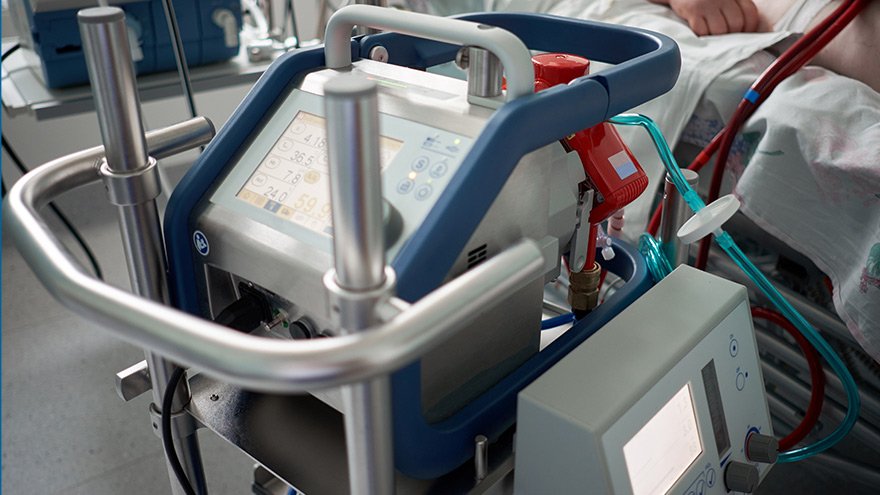
Top 3 Cholesterol Questions Answered

With more than 29 million adult Americans having high cholesterol, it’s important to know the facts. We asked Jayson Morgan, MD, a cardiologist with Renown Institute for Heart and Vascular Health, explains the numbers, the risk factors and how to maintain healthy levels.
What is cholesterol?
There are two types:
- Low-density lipoprotein (LDL) cholesterol, also known as the “bad” variety, because it can eventually build up within the walls of your blood vessels and narrow the passageways.
- High-density lipoprotein (HDL), also known as the “good” variety, because it helps remove other forms of cholesterol from the bloodstream.
In adults, total cholesterol is considered high if it is more than 200 mg/dL. If the total is more than 200 or if high-density lipoprotein (HDL) levels are less than 40, your heart and brain may not be getting as much oxygen-rich blood as they need. This puts you at greater risk of heart attack and stroke. HDL levels greater than 60 mg/dL can actually lower your risk.
What are the risk factors for high levels?
- Diet high in saturated fat
- Excess body weight
- Lack of exercise
- Smoking
- Family history
- Age (as people age, they are more prone to high levels)
How often should someone get their numbers checked, and what kind of test is done?
The American Heart Association recommends all adults age 20 or older have their cholesterol checked every four to six years. Those with cardiovascular disease or who are at higher risk of it may need their levels and other risk factors assessed more often. Your primary care provider can perform the test, along with assessing your other risk factors to help determine a treatment plan if necessary.
The test will likely be one you will need to fast for, meaning no food, beverages or medications for around nine to 12 hours. Your healthcare provider will let you know if, and for how long, to fast. A simple blood test is all that’s needed to get your levels.
What are some ways to lower “bad” cholesterol and raise “good” cholesterol?
To achieve healthier levels, people should:
- Eat a heart-healthy diet: Choose healthier fats, eliminate trans fats, eat foods rich in omega-3 fatty acids and increase soluble fiber.
- Increase physical activity: Exercise on most days of the week.
- Quit smoking: If you smoke, it’s time to stop. Quitting smoking will improve HDL “good” cholesterol levels.
- Lose weight: Losing as little as five to 10 percent of your weight can improve cholesterol levels.
- Drink alcohol only in moderation.
- And finally, if lifestyle changes aren’t enough, your care provider might recommend medication to help lower your numbers.
Renown Institute for Heart & Vascular Health
For optimal heart health, the American Heart Association encourages you to “Know Your Numbers” which include: blood pressure, body mass index (BMI), cholesterol and fasting blood sugar, by scheduling a visit with your doctor. These numbers are critical in assessing your current risk for heart disease and stroke.
Related Blogs


How to Prevent Cold and Flu Illnesses This Season
